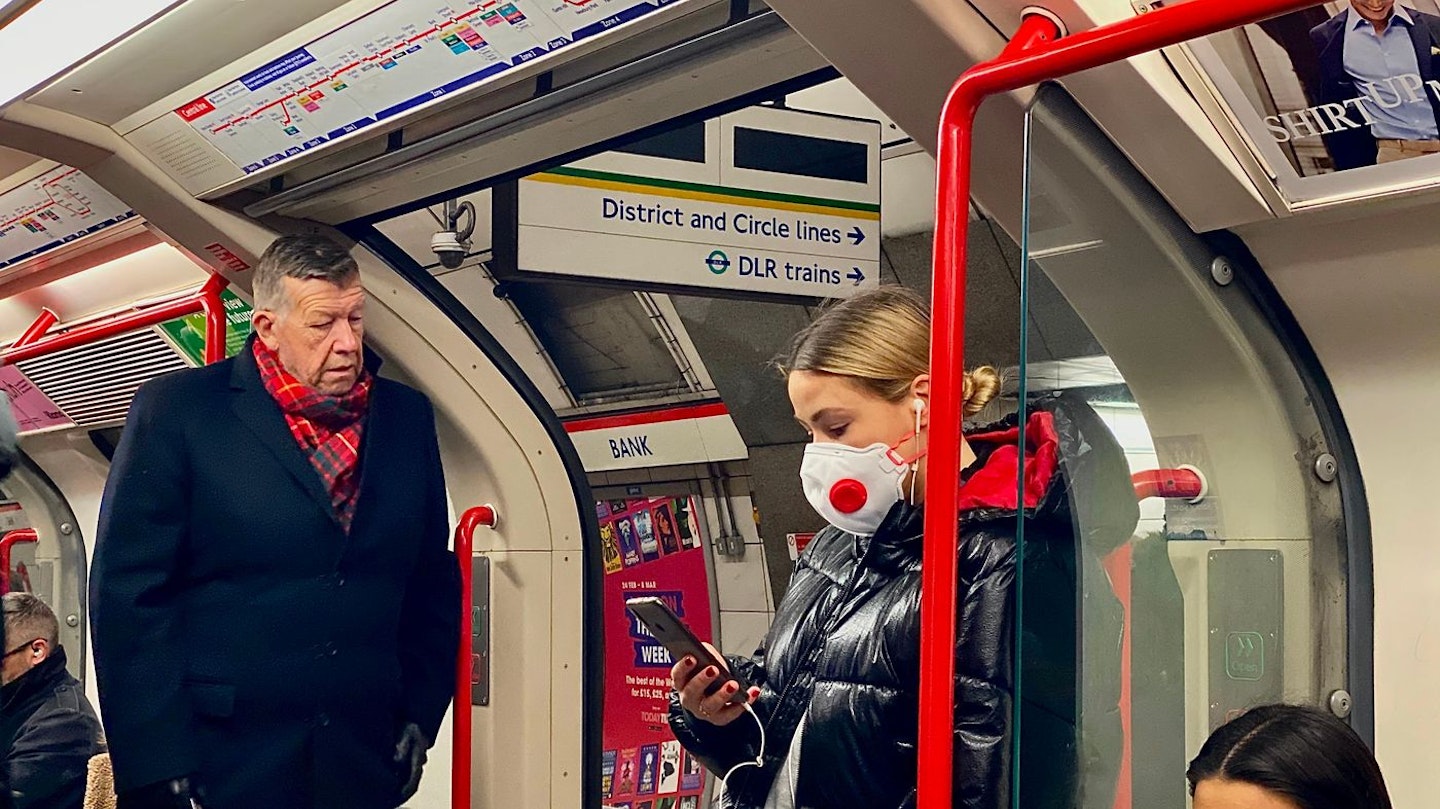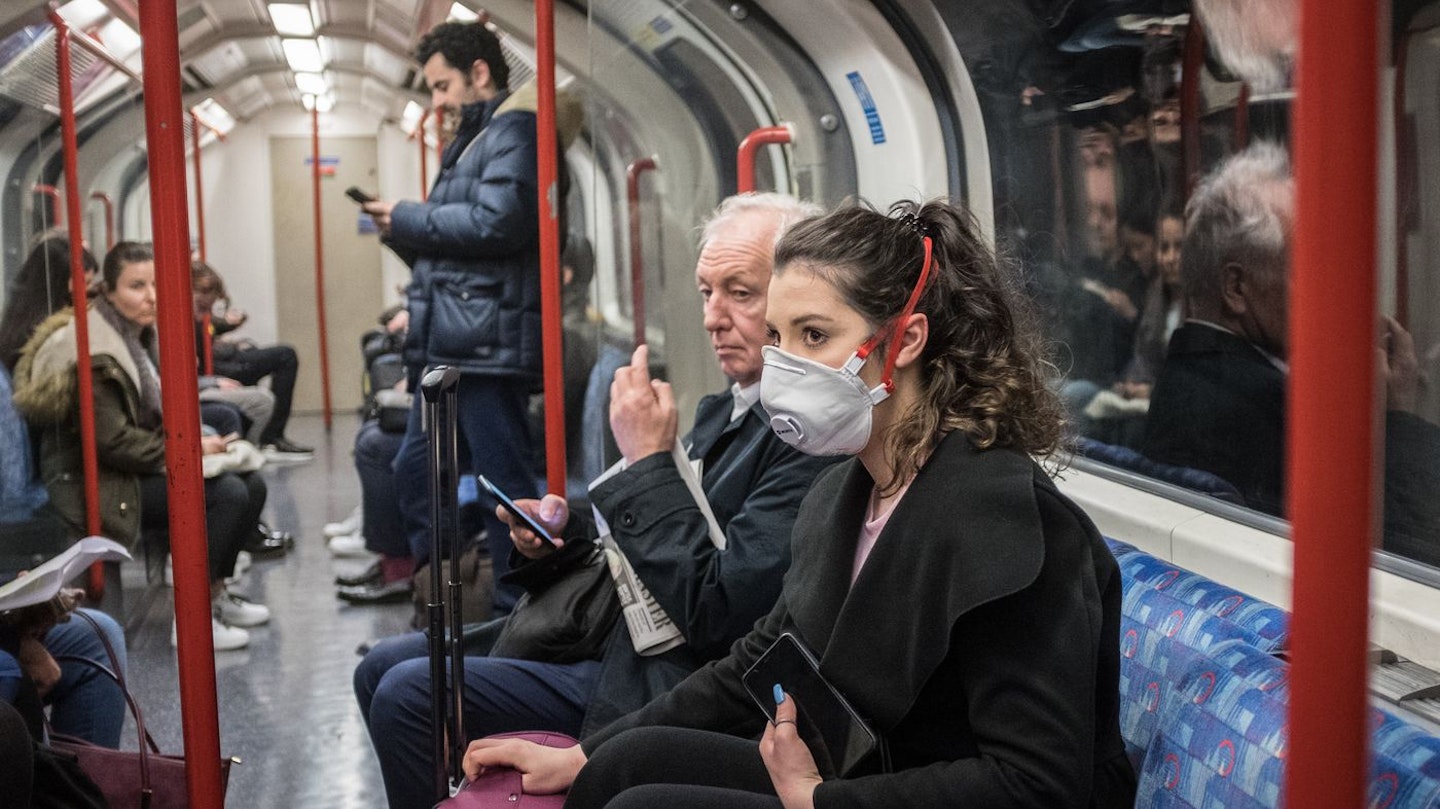Thanks to the coronavirus pandemic, millions of workers around the world are being instructed to work from home, and are navigating how to stay connected in the age of social-distancing.
For those of us whose jobs require regular meetings, we're turning to one form of modern technology that most of us haven't used much since the birth of Skype in 2003: video conferences.
But the reality of virtual meetings can be awkward, stilted and confusing. We're not only figuring out how to actually dial in, but we're learning the social norms of talking to our boss from our sofa or kitchen table (screaming kid or barking dog: optional).
So, in these strange and uncertain times, here's our guide for surviving video conferences – because things are stressful enough without worrying your CEO will see you in your pyjamas.
Pick your software
Your IT department will likely have allocated you a specific video conferencing system already, but if you're finding the interface complicated or the quality sub-par, you and your team can conduct a sort of technology mutiny and download a different platform that you all find more suitable. Luckily, conferencing companies are being forced to accommodate this increased demand (and don't want to be seem to be profiting from a global health crisis), so are offering free versions of some of their premium tools. Meetupcall are offering an extended one-month free trial, Lifesize is offering free cloud video conferencing services for six months and Zoom lifted its 40-minute free time limit for video conversations for users in China (and we wouldn't be surprised if they extended that soon).
Check the filters
Working from home probably means you aren't exactly wearing a full face of pristine make-up. Let's be real, many of us probably aren't even brushing our hair (no judgement here). These are unprecedented times, and looking polished isn't exactly the top of our to-do lists. But some platforms actually offer beauty filters, such as Zoom (go to the bottom left-hand corner, click 'Video Settings', and check the 'Touch Up My Appearance' box). We know, not exactly important in times like these, but we'll take any tiny stress-relievers we can get right now.
Ditch the PJs
What to wear for video conferences depends on your role and industry. While it's fair to say most employers won't expect you to wear a perfectly-pressed suit at home, you also shouldn't give into the temptation to wear your pyjama bottoms – if you have to move at any point or the camera shifts, you don't want your boss to see your unicorn-print PJs. We say stick to smart jeans and a simple jumper, tee or shirt. Or for extra comfort, try one of our favourite knitted matching sets.
Head for the light
Choosing the right corner of your home is important. Yes, the focus is on what you say, but if you're sitting at your kitchen table with last night's dirty dishes visible in the sink, or in your bedroom with drunken photos of you and your friends in the background, your professionalism isn't going to come across. Set up a new video conferencing corner in a tidy, neutral corner. It will preferably be close to a window, too, with the light source behind your camera. Keep your camera at eye-level too – if you're on a laptop, use books underneath to raise it up.
Use snack etiquette
Or 'snackiquette', if you will. It may sound obvious, but it's easy to fall into the trap of being too comfortable when working from home. But no wants to hear or watch you munching a Cox's apple during a planning meeting. The same goes for heavy breathing. Please, no.
Try not to interrupt
When it comes to virtual meetings, the delay between speaking and others hearing means you have to be even more careful with interruptions as the conversational flow can be easily muddled. Try to minimise interruptions. If you must interrupt, try something like: 'I'm sorry to interrupt, but...'. Or if there's a particularly large group in your meeting, you could even try a hand-raising approach. It may feel like you're back in school, but if it makes things run more smoothly at the moment, it'll be worth it.
Wear headphones
If you don't, the sound from your speakers could be picked up by the microphone and everyone will hear that 'domino effect' of audio. If in doubt, try muting your microphone until you need to speak.
Lock the door
This is probably only applicable to those with small children. But don't take our word for it. Remember this guy?
Read more: Coronavirus Expert Q&As
Coronavirus 2020
 1 of 5
1 of 5Coronavirus: I Am Trying To Get Pregnant – Should I Stop?
 2 of 5
2 of 5Coronavirus: When Is The Virus Likely To Peak? And Should Pregnant Women Be Especially Concerned?
 3 of 5
3 of 5Is It Hay Fever, The Common Cold Or Coronavirus?
 4 of 5
4 of 5Coronavirus: Widespread Transmission Is Now 'Highly Likely' As UK Cases Reach 36
 5 of 5
5 of 5